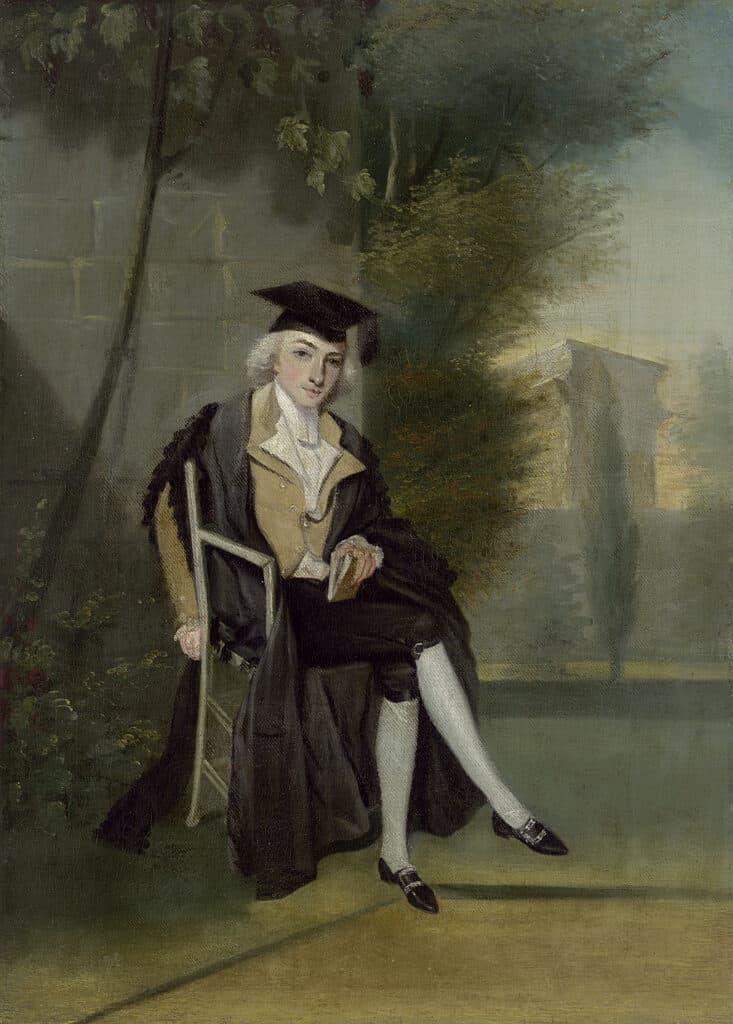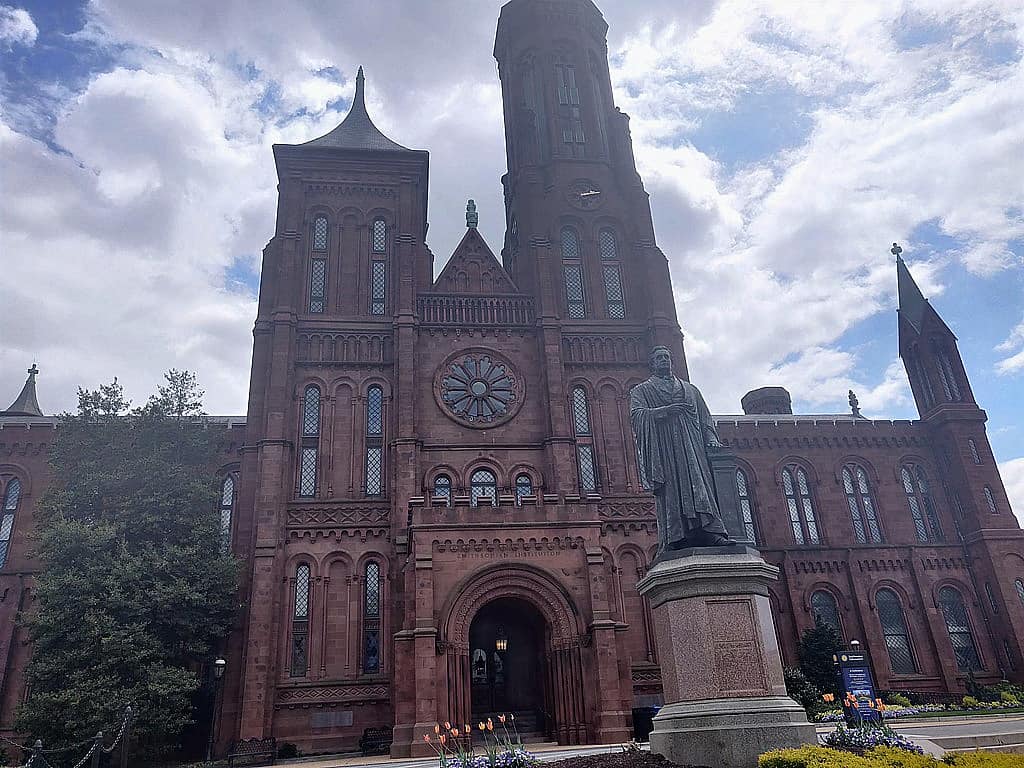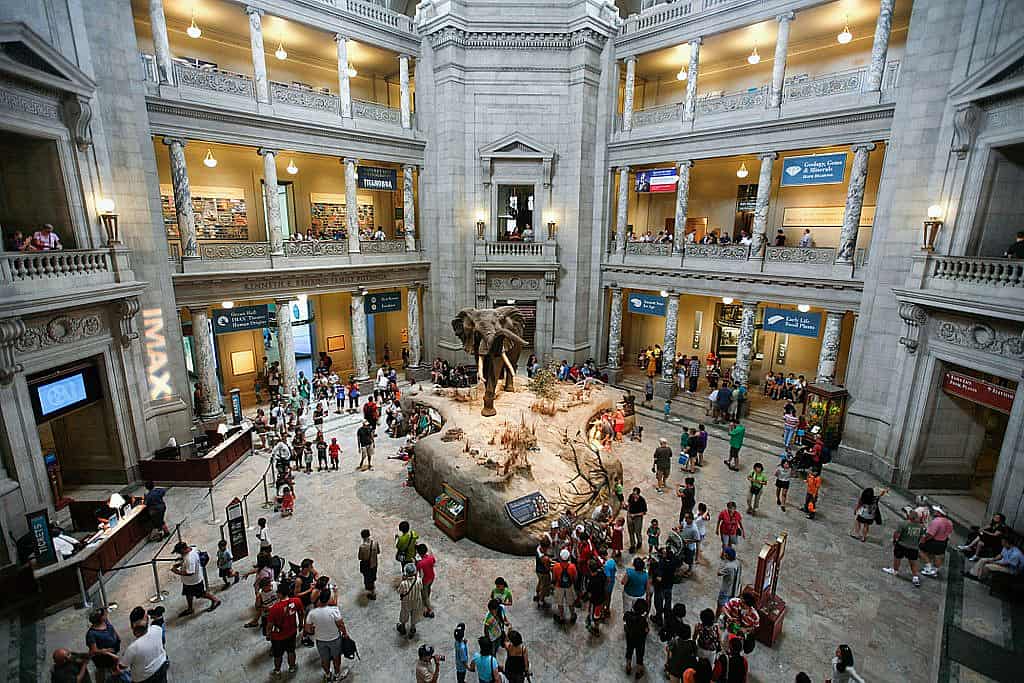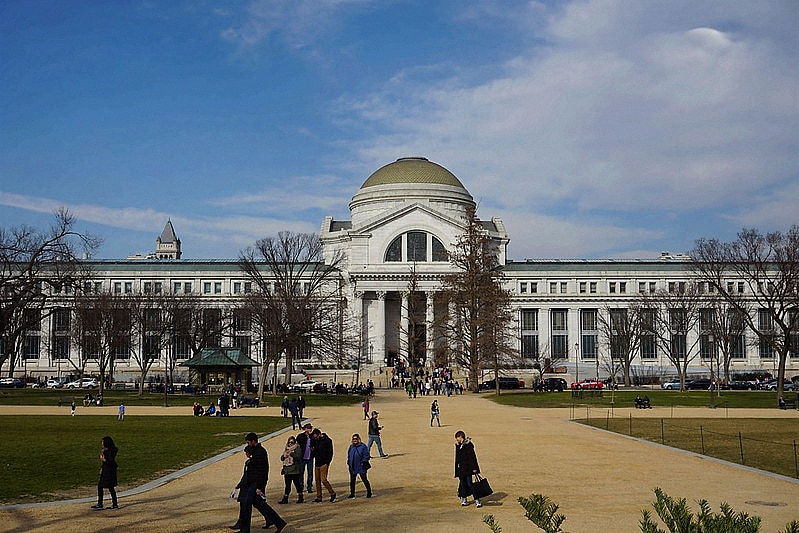Reflections from History and Faith
By Jeff Olson
A nation’s history is so much more than just a compilation of facts, names, and events. In America, it is a story of humanity’s challenge, struggle, defeat, and victory to learn, institute and preserve liberty under law and successfully reconcile the claims of authority with the claims of freedom. Capturing this magnificent epic and preserving it for future generations has been done through many books and other documents as it has through the collection of artifacts, artwork, and other items which reflected America’s historical, cultural, religious, and scientific heritage. No organization, no entity has excelled at this achievement more than has the Smithsonian Institution.
What was behind the beginnings of such an institution? It originated from a relatively unknown British scientist by the name of James Smithson (1765-1829). Smithson had been a fellow of the Royal Society of London since he was 22 years old, publishing numerous scientific papers on mineral composition, geology, and chemistry. In 1802, he overturned popular scientific opinion by proving that zinc carbonates were true carbonate minerals. The carbonate “calamine” was re-named smithsonite in honor of Smithson by Francois Sulpice Beudant, British chemist, mineralogist, and benefactor of the Smithsonian Institution.

When James Smithson died, he left behind a will with a peculiar footnote. In the event that his only nephew died without any heirs, Smithson decreed that the whole of his estate would go to “the United States of America, to be found at Washington, under the name of the Smithsonian Institution, an Establishment for the increase and diffusion of knowledge among men.” Smithson’s curious bequest to a country that he had never visited aroused significant attention on both sides of the Atlantic. Since Smithson had never been to America nor corresponded about this with anyone here, American officials were quite surprised and perplexed by this will.
Six years later in 1835 his nephew, Henry James Hungerford, died and without any heirs. On July 1, 1836, Congress accepted Smithson’s gift to the nation and pledged the faith of the United States to this charitable trust. President Andrew Jackson sent diplomat Richard Rush to England to negotiate for transfer of the funds, and two years later Rush set sail for home with 11 boxes containing a total of 104,960 gold sovereigns, 8 shillings, and 7 pence, as well as Smithson’s mineral collection, library, scientific notes, and personal effects. In September 1838, Smithson’s legacy was delivered to the mint at Philadelphia. After the gold was melted down, it amounted to a fortune worth then the equivalent of just over $515,000, or just over 15 million in 2021 dollars.
Seven years later Smithson’s bequest became a reality. On December 1, 1845, the U.S. Senate passed “An act organizing the Smithsonian Institution for the increase and diffusion of knowledge among men.” Provisions of the act included a “suitable” building with rooms for the “reception and arrangement” of natural history objects, a library, and an art gallery. Other provisions stated that all objects of art and natural history belonging to the United States should be transferred to and held within the Smithsonian. One hundred seventy-six years ago this month, August 10, 1846, President James K. Polk signed the act into law, officially establishing the Smithsonian Institution.
Since then, the Smithsonian Institution has become the world’s largest museum complex and research organization. It is a federally chartered nonprofit corporation of scientific, educational, and cultural interests composed of 19 museums and galleries, 9 research centers, the National Zoological Park, and 168 affiliate museums around the world. Its collection includes over 137 million items. The Smithsonian’s funding comes from several sources. Sixty-two percent of its funding comes from the U.S. Government, with the remaining thirty-eight percent from contributions from private sources (endowments; donations from individuals, corporations, and foundations; and memberships) and revenues from the Smithsonian Enterprises operation (magazines, mail-order catalog, product development, entertainment, shops, restaurants, and concessions). There were about 22 million visitors at the museums and the National Zoo in 2019.
In 2022, the Smithsonian Institution continues its mission of increasing and diffusing knowledge among the people. The enormous assortment of its holdings has earned the Smithsonian the nickname “the nation’s attic.” To this day, the world’s greatest collection of exhibits, artwork, artifacts, and scientific specimens is on display for all to see and to remind us of America’s rich history and heritage and of the legacy that we need to carry forward.


Cover image: Smithsonian National Museum of Natural History, Washington DC – Licensed under CC by 2.0.




Thank you so much for this history lesson!
I’ve not traveled to Washington, DC, but it is my first choice when funds are available. After your description of the history and “holdings” there, I’m thinking the Smithsonian Institute will be the focus of my trip!